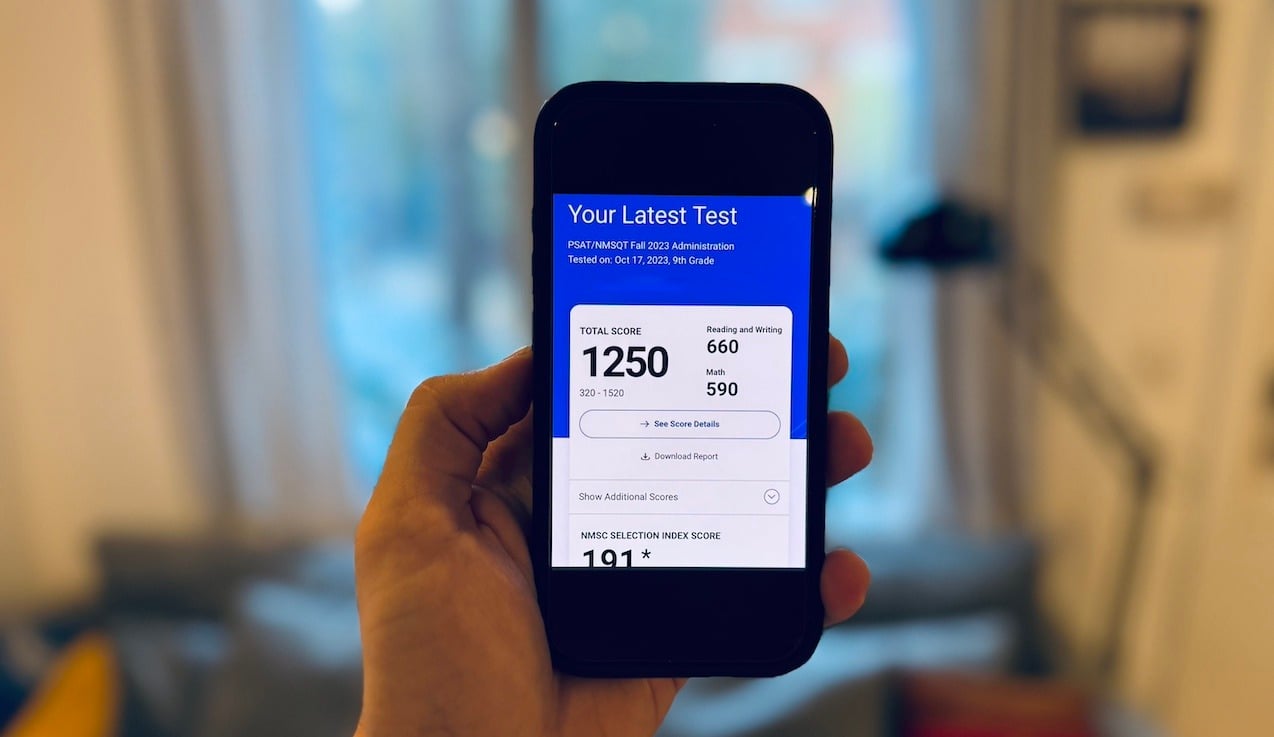"Superscores," "subscores," "scaled scores"…we get it. It’s stressful enough navigating standardized testing without feeling like you need a dictionary just to understand the terminology.
Fortunately, we speak this language fluently and we’re here to demystify 10 of the key standardized testing terms we know you’ll come across so you can focus on the things that matter—test prep itself.
1. Scaled Score
This is your "official" test score. The SAT scale ranges from 400-1600. The ACT scale ranges from 1-36. If you feel a little lost trying to compare your 1230 SAT score to your 25 ACT, don’t stress! You can use score percentiles to compare across tests or find concordance tables where that work has already been done for you.2. Score Percentile
This tells you how your score compares to other testers. If you score in the 85th percentile on an SAT or ACT, it means you scored better than 85% of other testers on that test. Percentiles are a useful way to compare your performance across tests as well as a great way to keep your score in perspective!3. Section Scores & Subscores
Section scores are given for individual test sections. The SAT has two sections: one combined Reading & Writing section and one Math section. The ACT has four: English, Math, Reading, and Science.
Subscores used to be given for specific content areas within a test but have been replaced with performance breakdowns under “Knowledge and Skills” on the SAT and “Detailed Results” on the ACT. These indicate what percent of questions you answered correctly in specific content categories, like "Standard English Conventions" or "Advanced Math." These subscores can give you a rough sense of your test strengths and weaknesses.
TIP: Content areas shown on score reports are very general, and some are more important than others. Unless you have an expert tutor interpreting them for you, don’t rely too much on them to guide your prep. Instead, collect the individual questions you missed and look for the errors that occur the most.
4. Score Choice & Superscores
Score Choice is a program rolled out by the College Board that allows you to choose what SAT scores you send to colleges (and omit the ones you don’t want them to see!). This sounds great but some colleges don’t allow it. What’s more, Score Choice isn’t always as desirable as it seems, especially if you omit a test that could get you a good superscore.
A superscore is a score calculated by combining your highest section scores from the same test (either the SAT or the ACT) on different official test dates. For example, if you took the SAT twice and did better in Math the first time and better in Reading and Writing the second time, you would combine these two highest scores to get your "superscore." Many colleges will calculate this for you and use this score for admissions decisions, but be sure to check individual college policies.
TIP: Do not take this as a pass to do poorly on the test sections you don’t need for your superscore. Even if all you need is a few extra points in ACT Math, deliberately bombing the other three sections may not look good to a college admissions office. Be strategic with your prep and where you put in the most effort on test day, but try to also do well across all test sections. And whether you use score choice or shoot for a strong superscore, make sure to check out the policy of the college to which you’re applying to see what they’ll accept.
5. Score Cancelling
An option only available for a short window after you’ve taken your test, score cancelling is exactly what it sounds like. If you feel like a test didn't go your way, you can cancel it, and colleges will never know. You’ll need to make this call while you’re still at the test center for the ACT and within a week of your test for the SAT.TIP: Unless you’ve completely guessed on or omitted a bunch of the questions on your SAT or ACT, you should be really hesitant to use this option. It is very hard to predict your score based on your experience of the test, and you never know when a mediocre test performance could still boost your superscore.
6. PSAT/NMSQT
The Preliminary SAT/National Merit Scholarship Qualifying Test. As the name suggests, this test is used to determine National Merit Scholarship eligibility. This is a slightly easier version of the SAT, with some SAT topics omitted and a score range from 320-1520. Despite those differences, scores on the PSAT are designed to be predictive of SAT scores, so PSAT scores are a great way to determine your starting point for SAT prep.TIP: Do not confuse the Preliminary SAT with practice SATs. Practice SATs are the same SAT you’ll see on your official test day, with the same content, same difficulty, and a 400-1600 score range.
7. PSAT 8/9 and PSAT 10
These are versions of the PSAT designed specifically for 8th/9th or 10th graders as practice before taking the PSAT/NMSQT in 11th grade. The PSAT 10 is identical in content and structure to the PSAT/NMSQT. The PSAT 8/9 is slightly easier with a 240-1440 score range. Again, all PSATs omit some content that the SAT will test.8. National Merit Semifinalist
This is a designation given to high school students who score among the top scorers in their state on the PSAT/NMSQT. The score required to be a semifinalist varies by state, but is generally above a 1400. These students then have the chance to become National Merit Finalists and earn scholarships.9. PreACT
Much like the PSAT is to the SAT, the PreACT is a preliminary version of the ACT, designed to give students a feel for the test format and an idea of how they might perform on the full ACT. The PreACT is slightly easier than the ACT, as well as slightly shorter.10. Middle 50%
Colleges usually release information on the test scores submitted by admitted students. The “middle 50%” refers to the score range where the middle 50% of those admitted students’ scores fell, and that provides a good idea of what test scores would be competitive at that school.TIP: Before you compare your score to your dream school, remember that 25% of students got into that school with a score below this range and 25% with a score above it. So don’t panic if your score is lower, and don’t be overconfident if it’s higher. Talk to experts like Sara who will look at your entire application and help guide you to the best admissions decisions for your unique case.
READ MORE: What Does a New Digital SAT Mean for You?
And there you have it: ten key terms you need to know to navigate standardized testing like a pro (plus a couple others we may or may not have intentionally snuck in). Knowledge is power, so we hope that knowing these terms makes a small difference when it comes to tackling standardized tests and the college admissions process.







.jpg)




